Conflicts are inevitable. Having different goals and styles can promote innovative solutions, creativity, and help bring about change. However, negative results happen when conflicts are associated with blame, anger, and grudges. No matter what the source of the conflict is, it is essential to resolve conflict before the situation escalates.
When resolving conflict, it is important to preserve the dignity of all parties, avoid forced and insincere apologies, and commit to improving relationships and develo an accountability process. When addressing conflicts, a key step is to focus on the issue, not the person.
You can start by engaging each person separately so they can give you their ideas for working together professionally. As a manager or supervisor, your task is to make sure they both provide strategies that address the existing and potential issues that may get in the way of working together professionally. You can then blend the best ideas into one agreement, which both parties sign and adhere to going forward.
When resolving conflict, it is important to preserve the dignity of all parties, avoid forced and insincere apologies, commit to improving relationships and develop an accountability process.







This is a technique that can alleviate these concerns within your workplace. When meeting with the parties, you can ask questions to help both parties understand the difference between what they intended and how it was perceived, and to understand and re-examine the validity of the assumptions they made.



Copyright © 2023